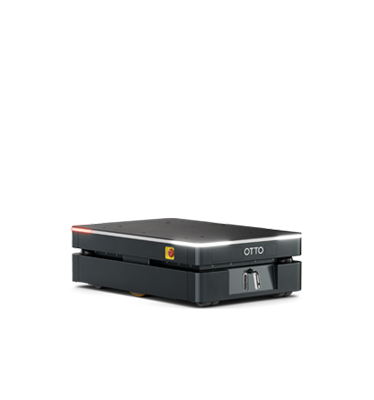Blog
The new lean: What it means for manufacturing

Written by Diane Huang
Lean manufacturing, the buzz words that have been echoing from the walls of management meetings to industrial factory floors. Everyone is striving to perfect a process that is lean enough to increase efficiency on multiple levels, and decrease the maximum amount of waste. So when it comes to large factories that process upwards of thousands of daily orders or job-shops that require high-mix inventory for custom tailoring, the more efficient the work can be done, the better.
But what does “lean manufacturing” truly mean?
Lean manufacturing and its tools

Lean manufacturing is the belief that factory inefficiencies can be improved through the elimination of waste, which is defined as anything that provides zero value from the customer’s standpoint. It can be argued that real “lean” is determining the least resources necessary to get the job done (JIT), then comparing the actual outcome with desired results to pinpoint the areas of differences for improvement (jidoka). Under the umbrellas of JIT (just-in-time inventory), and jidoka (intelligent autonomation), mechanisms such askaizen and takt time can be used to evaluate overall efficiency.
Kaizen, also known as continuous improvement strategy, focuses on small and correctional changes that accumulate over-time to result in major efficiency improvements. Kaizen can have a positive impact on worker productivity and their workplace culture through emphasizing the importance of detailed accuracy. Takt time, the amount of time to produce a product as a rate of customer demand, is another tool that can be used to measure the efficiency level of a factory’s process. Takt time is often mistaken as cycle time, which is the total time need from the beginning to the end of a production process.
The modernization of lean, a global effect
With the help of technologically advanced industrial robotics, infrastructure-free AMR’s are now fully autonomous and can likely outperform manual labour, conveyors and AGV’s, combined. Workplace productivity skyrockets with vehicles such as OTTO, fitting seamlessly into any work flow, has an easy-to-use interface, and increases floorspace availability by getting rid of old machinery. For instance, the fleet of OTTO vehicles at GE Healthcare has completed more than 2000 repairs, and increased productive floor space by 66%.
Aside from Adidas that announced its “SPEEDFACTORY,” a fully automated factory last year, China production giants have recently adapted to this futuristic factory vision with a 90% robots-driven factory. After production increased by 250% and defects dropped by 80%, Luo Weiqiang, the general manager of Changying Precision Technology Company, commented on the impressive peak of technology. Weiqiang states that “the [production] process is better and it’s also more resource efficient… I’m also happy that humans don’t have to work repetitive, unchallenging jobs and can instead focus on other things.”
Along with Weiqiang and others, we should welcome Industry 4.0 and the revolutionary human-to-robot interaction it encourages.
Collaboration is the answer to new lean manufacturing
It is important to understand that lean manufacturing, along with these mechanisms, can enable operation centres to become more agile and adaptable, moving quickly to make changes based on market demands and remain ahead of its competitors. Evidently, a new industrial era with humans and automation is dawning upon us, and through mutual collaboration is how we can build a truly lean industry that’s much more reachable.
Discover how emerging tech and processes converge to create new opportunities in lean at the Drive Manufacturing Summit.
Sources: The Record; ZMEscience-01; ZMEscience-02







